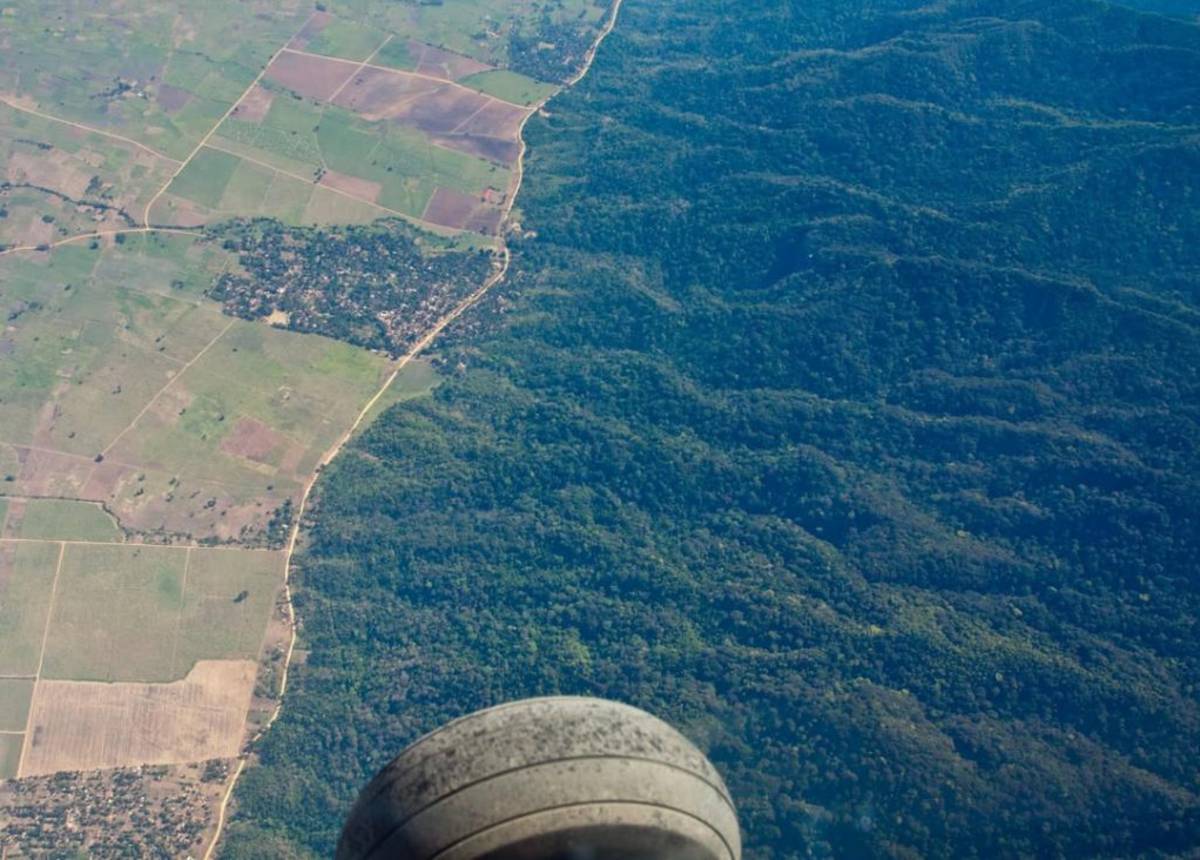Using new data, the authors assessed the changes in human pressure and forest loss over time across over 100 terrestrial NWHS around the world. They found that human pressure increased in 63% of NWHS on all continents (particularly in Asia) except Europe where the level of pressure decreased (albeit European sites still face the highest average pressures overall), and that forest loss occurred in 91% of NWHS that contain forests (particularly in North America). NWHS were also found to be increasingly isolated and under threat from increased pressures outside their borders.
There are currently 238 NWHS, which are inscribed on the World Heritage List for their unique natural beauty, geological or biological importance. They contain some of the Earth's most valuable natural assets, including iconic places such as the Great Barrier Reef, Yellowstone National Park, and several African protected areas such as Virunga National Park which have a long history of EU support. Host countries are held accountable for the preservation of their NWHS, and must report on their progress to the United Nations Educational, Scientific and Cultural Organisation (UNESCO).
While NWHS are relatively better protected than their surroundings, the study finds that many are rapidly deteriorating and are more threatened than previously thought. The authors call on stakeholders to take urgent action to preserve the sites identified as being particularly threatened, many of which are critical habitats for endangered species.
“The data speaks for itself: human pressure and forest loss are increasing in the world’s most precious natural areas,” says JRC scientist Bastian Bertzky, co-author of the paper. “Despite their international recognition, natural World Heritage sites are continuously facing severe threats, including from logging, mining, dams and roads, when they should be granted the highest level of protection. The analysis can be used to alert managing authorities and the international community to look into what is causing changes and address issues effectively.”
This work is part of the JRC’s broader efforts to provide critical information support to the EU and its partner countries in the field of biodiversity conservation and sustainable development. Protected areas, including NWHS, are among the most important tools for conserving the world’s biodiversity and can, at the same time, provide many benefits to local people. The JRC has therefore developed the Digital Observatory for Protected Areas (DOPA) to help decision-makers to assess the values of, and threats to, protected areas.
Through the Biodiversity and Protected Areas Management (BIOPAMA) programme, the JRC is also working with the International Union for Conservation of Nature (IUCN) and regional partners to improve decision-making on protected areas in 79 African, Caribbean and Pacific countries.
